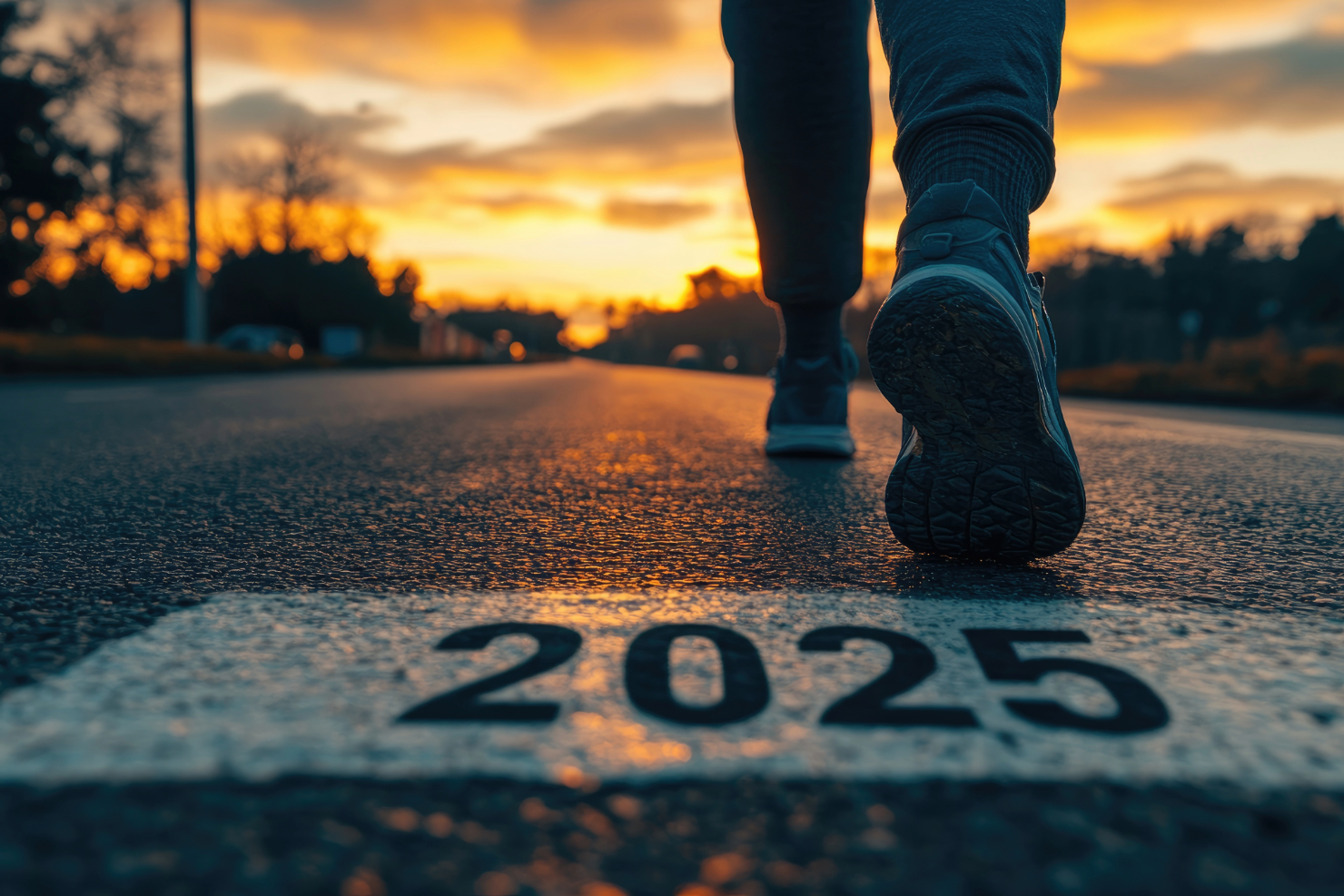What Is Rucking?
Rucking is walking with a weight in a backpack. Simple as that. But those extra kilograms turn an ordinary walk into something that actually builds functional strength and endurance.
It's a training method with military roots, but you don't need to be a soldier to reap the benefits. Unlike running, it's easier on your joints. Unlike the gym, you don't need memberships or equipment beyond a pack and some weight. Unlike complicated fitness programs, you can do it anywhere, anytime.
Rucking works because it mimics real-world movement. You're not isolating muscles on machines—you're training your entire body to work together under load. The kind of strength that helps when you're carrying groceries, moving boxes, or hiking with gear.
What This Guide Covers
This guide gives you everything needed to start rucking safely and effectively:
- Equipment setup: Which pack to choose and how to load it properly
- Starting parameters: Exact weights and distances for your first sessions
- 8-week progression plan: Step-by-step advancement from beginner to intermediate
- Safety guidelines: How to avoid common injuries and mistakes
- Troubleshooting: Solutions for typical problems new ruckers face
By the end, you'll have completed your first month of training and know exactly how to progress further.
Getting Started: The Basics
What is rucking? Walking or hiking while carrying weight in a backpack. Originally a military training method, now used by civilians for fitness, mental toughness, and functional strength.
Why ruck?
- Low-impact, joint-friendly exercise
- Builds functional strength and endurance
- Requires minimal equipment
- Can be done anywhere, anytime
Equipment Setup
Essential Gear
- Rucksack: Pathfinder (15L) for beginners, the Endurance pack (25L) for progression
- Weight system: Goat Gear modular bags (2.5kg each)
- Footwear: Supportive trail runners or hiking boots
- Clothing: Moisture-wicking layers, avoid cotton
Weight Configuration
Pathfinder Pack: 1 sleeve, holds up to 3 bags (7.5kg maximum) the Endurance Pack: 2 sleeves, holds up to 6 bags (15kg maximum)
Proper Pack Setup
- Position weight high on your back
- Keep the load close to your body
- Adjust shoulder straps for a snug fit
- The hip belt should sit on the hip bones, not the waist
Starting Program
Week 1-2: Foundation Phase
- Weight: 1 bag (2.5kg)
- Distance: 2-3km
- Frequency: 2 sessions per week
- Pace: Conversational (able to talk while walking)
- Terrain: Flat, even surfaces
Week 3-4: Adaptation Phase
- Weight: 2 bags (5kg)
- Distance: 3-4km
- Frequency: 2-3 sessions per week
- Terrain: Introduce slight inclines
Month 2: Building Phase
- Weight: 3 bags (7.5kg - full sleeve)
- Distance: 4-6km
- Frequency: 3 sessions per week
- Terrain: Varied terrain, moderate hills
Month 2+: Progression Options
- Upgrade to Ruckpack for additional weight capacity
- Increase distance before adding weight
- Never increase both weight and distance simultaneously
Safety Guidelines
Form Checklist
- Head up, looking forward
- Shoulders back and down
- Core engaged
- Natural arm swing
- Steady, controlled pace
Warning Signs to Stop
- Sharp or shooting pains
- Numbness in hands or arms
- Difficulty breathing
- Excessive fatigue
- Joint pain that worsens during activity
Recovery Protocols
- Stretch major muscle groups post-ruck
- Hydrate adequately
- Allow 48 hours between intense sessions
- Monitor for delayed onset muscle soreness
Progressive Training Plan
Weeks 1-2: Movement Pattern Development
Session 1: 2.5kg, 2km, flat terrain. Session 2: 2.5kg, 2.5km, flat terrain. Focus: Proper posture, comfortable pace
Weeks 3-4: Load Adaptation
Session 1: 5kg, 2.5km Session 2: 5kg, 3km Session 3: 2.5kg, 4km (distance emphasis) Focus: Body adaptation to increased weight
Weeks 5-6: Volume Building
Session 1: 5kg, 4km Session 2: 7.5kg, 2.5km Session 3: 5kg, 5km Focus: Building endurance base
Weeks 7-8: Integration
Session 1: 7.5kg, 3km Session 2: 7.5kg, 4km Session 3: 5kg, 6km Focus: Preparing for intermediate training
Common Mistakes
Starting too heavy: Begin with 2.5kg regardless of fitness level. Increasing too quickly: Add weight OR distance, never both. Poor pack fit: Ensure proper adjustment before each session. Ignoring pain: Distinguish between discomfort and injury signals. Inadequate footwear: Invest in proper supportive shoes. Skipping warm-up: Always begin with 5-10 minutes of light movement.
Troubleshooting
Shoulder pain: Check pack fit, reduce weight, improve posture. Lower back discomfort: Engage core, check weight distribution. Foot problems: Assess footwear, check for proper fit and support. Excessive fatigue: Reduce intensity, ensure adequate recovery.
While rucking is a low-impact activity, the added weight does stress your musculoskeletal system differently than regular walking. Those with existing injuries or health conditions should consult a healthcare provider before beginning."
Progression Indicators
Ready to increase weight when:
- Current weight feels comfortable for the entire session
- No residual soreness 24 hours post-session
- Able to maintain proper form throughout
- Completing sessions without excessive fatigue
Ready to increase distance when:
- Current distance feels manageable
- Recovery time between sessions is adequate
- No joint pain or movement compensations
Next Steps
Once comfortable with 7.5kg for 5-6km sessions:
- Consider upgrading to Ruckpack for increased capacity
- Explore varied terrain and elevation
- Investigate intermediate training protocols
- Join local rucking groups or events
Quick Reference
First Session: 2.5kg, 2km, flat terrain, comfortable pace Equipment Priority: Proper pack fit > footwear > clothing Safety Rule: Stop if anything hurts Progression Principle: Consistency over intensity Recovery: 48 hours between challenging sessions


Share:
Step into Greatness: An Introduction to Rucking
What to Pack for Your First Ruck